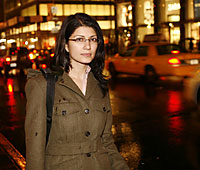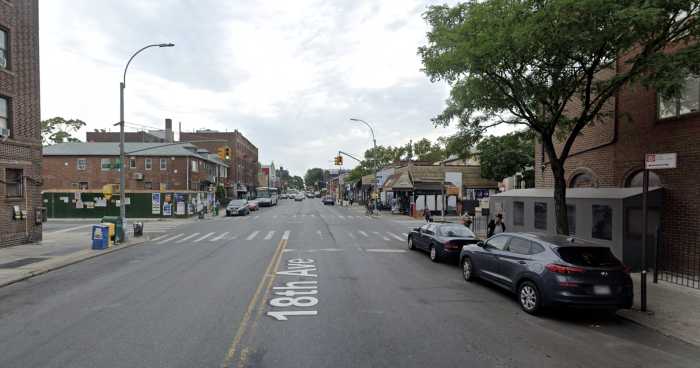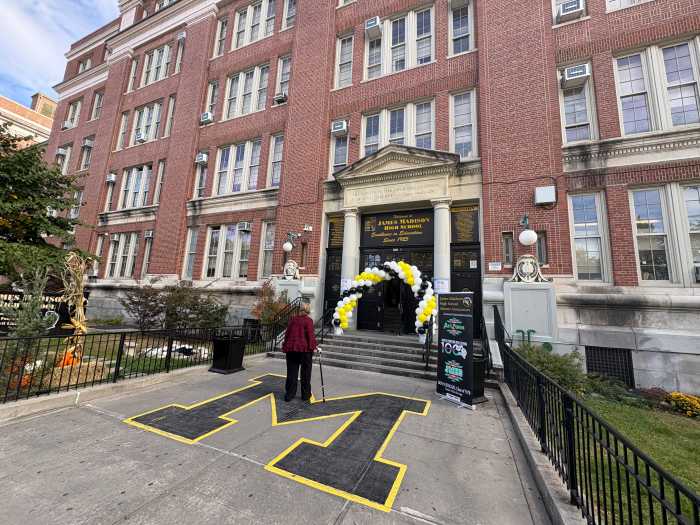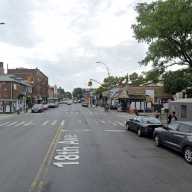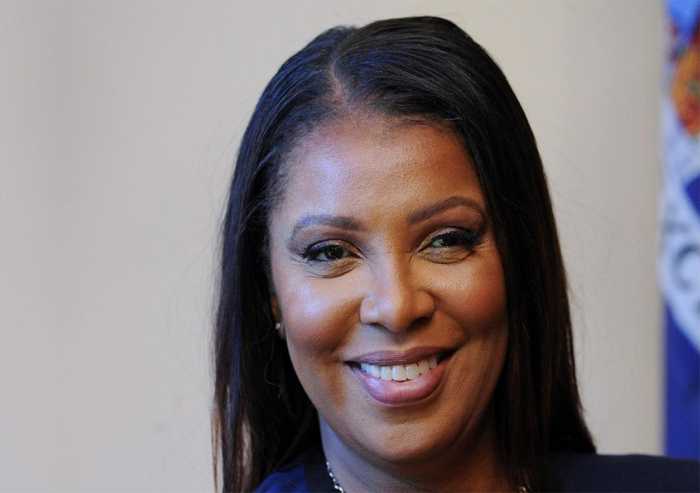As Melanie Greenberg unpacked boxes in her new 500-square-foot Lower East Side apartment, her next-door neighbor was, for no apparent reason, on the fire escape singing mournful ballads.
And that was the good news.
Greenberg, a 27-year-old freelance writer, was back in the city where she felt home — just two years after she had moved to Williamsburg to save money.
But within months of that move, the traditionally Italian neighborhood she loved started changing. And Greenberg didn’t like the changes.
“Big high-rise buildings started going up and slowly but surely the hipsters started spilling into my part of the neighborhood,” said Greenberg, who is now single.
“I decided I wanted to go back to Manhattan — specifically to Alphabet City — where there is a real feeling of community and more diversity than probably just about any other neighborhood of the city.”
Greenberg is not alone. The type of hipsters who once moshed from Manhattan into Williamsburg, Cobble Hill and Park Slope like crowds at a Beck concert are now singing a different tune: “We’ll re-take Manhattan.”
Prudential Douglas Elliman broker Ted Karagannis said that as the price difference between the two boroughs shrinks, those who once fled Manhattan are now returning.
“Brooklyn is losing a lot of its young artist types back to Manhattan because the rents are too expensive,” Karagannis said. “And a lot of Brooklynites who were able to sell their apartments cashed out and moved back to Manhattan because it was their first choice to begin with.”
It was always the first choice for Laila Gheith, 29, a Bay Ridge resident who always preferred everything about Manhattan, from the nightlife to the take-out.
So when she found a co-op in Midtown last month that was cheaper than comparable places in Park Slope and Carroll Gardens, she grabbed it. Gheith, a single associate with a midtown investment group is now thrilled to see cabs instead of strollers.
And she doesn’t miss that R train.
“I was the next-to-last stop. It became really annoying,” she said.
Some of those heading to the greener pastures of Manhattan have little pleasant to say about Brooklyn.
“The East Village atmosphere is better. The people are more like me,” said Tara Croft, 34, an unmarried writer for a business magazine. “They’re single and they like to hang out. In Park Slope it was more couple-y with kids and families.”
Croft recently moved to the East Village from Park Slope and is happy as a Moby fan gobbling a $14 sandwich at Teany.
“The nightlife scene is better for me here,” said Croft, who mostly eats at restaurants.
Nobody moves to Park Slope for the nightlife. But those who move for a higher quality of life quickly discover the borough’s Achilles heel: Brooklyn is farther from Manhattan than Manhattan is from Manhattan.
Realtor Brian Lewis said he sold a two-bedroom apartment on the Upper West Side to a couple in their 30s with one child. The couple had moved from the Upper West Side just 18 months ago to a home in Cobble Hill.
“They quickly realized their quality of life suffered due to added commute times and less city conveniences,” said Lewis, senior vice president at Halstead Properties. “And they were sick of $40 cab rides.”
It’s not only the young who are moving back to Manhattan. Brooklyn broker Roslyn Huebner said some of the Brooklyn residents she sees moving back to Manhattan are in their 60s.
“The empty nesters want to grow old in Manhattan,” she said. “The sell their bigger co-ops for a one-bedroom on the Upper West Side, where they can be in the heart of everything, footloose and fancy free.”
Brokers at every level are sensing the change.
Aaron Ross, a broker at Charie Properties, was not surprised when his Craigslist posting for a newly renovated $1,150 studio on the Lower East Side was bombarded with bites from Brooklynites.
Ross ultimately rented the studio to someone moving from elsewhere in Manhattan, but he said he has overheard plenty of anti-Brooklyn gripes aboard the train to Williamsburg.
“Everyday the L train is packed with people who would rather be in Manhattan,” he said.
Greenberg was one of them. She absorbed a $300 increase in her monthly rent just so she’d never have to ride under the East River again.
“The L broke down constantly,” she said from her new apartment on East Ninth Street and Avenue C. “So I would often get stuck in Brooklyn.”
Not anymore.


